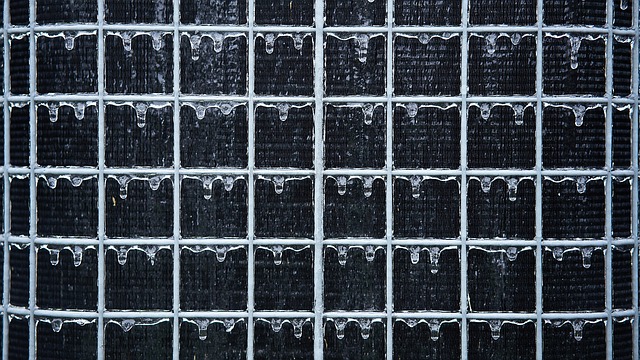Release time: July 09, 2025
Views: 317

Peltier Cooler Application #2: Compact Medical Devices Cooling
AIn medical technology, temperature control is not only a performance requirement — it's a matter of patient safety. Peltier coolers (thermoelectric modules) offer an ideal solution for compact medical devices requiring stable, precise, and low-noise thermal regulation.
Many compact medical devices incorporate sensitive components such as microprocessors, sensors, laser diodes, or sample storage chambers. Temperature variations can cause:
l Measurement errors in diagnostic devices
l Component drift or malfunction
l Reduced battery performance
l Degradation of reagents or biological samples
Reliable and space-efficient thermal solutions are therefore essential.
Peltier modules function by using the thermoelectric effect to move heat from one surface to another when DC current is applied. This enables:
l Localized cooling near heat-sensitive components
l Compact system integration with no compressors or refrigerants
l Silent operation, critical for patient-friendly environments
In many devices, the hot side of the Peltier module is connected to a heat sink, while the cold side interfaces directly with the heat-sensitive zone.
| Feature | Advantage in Medical Devices |
No vibration | Protects delicate optical and mechanical components |
Compact & lightweight | Ideal for portable or wearable medical devices |
Quiet operation | Enhances patient comfort during diagnostic or treatment use |
Instant temperature response | Supports real-time feedback for critical monitoring |
No moving parts | Increases reliability and reduces maintenance needs |
Peltier modules are increasingly found in:
l Portable blood analyzers
l Insulin pumps
l DNA amplification (PCR) units
l Phototherapy and laser-based treatment equipment
l Cold-chain pharmaceutical transport containers
These devices often require thermal control within ±0.1°C accuracy, which thermoelectric modules can deliver under proper system integration.
1. Thermal Interface Materials (TIMs)
High-conductivity TIMs ensure efficient heat transfer between the Peltier cooler and medical component.
2. Power Supply Efficiency
Battery-powered devices must optimize energy use — high-efficiency Peltier modules are preferred.
3. Redundancy and Safety
Integrating temperature monitoring sensors and control logic to avoid overheating or overcooling.
4. Moisture and Sterility
Ensure modules are sealed against humidity and meet medical hygiene standards.
| Limitation | Mitigation Strategy |
Heat buildup on hot side | Use active heat sinks or compact fan systems |
Condensation on cold side | Seal or insulate cold surfaces |
Limited cooling capacity | Use in tandem or multi-stage Peltier setups |
When used in medical applications, thermoelectric systems must comply with:
l ISO 13485: Quality management for medical devices
l IEC 60601-1: Safety and essential performance of medical electrical equipment
l RoHS/REACH: Environmental and material compliance
As medical technology continues to prioritize mobility, precision, and user comfort, Peltier coolers are becoming a go-to solution for thermal regulation in compact devices. Their solid-state nature makes them easy to integrate, energy-efficient, and highly reliable — key qualities in a field where performance directly impacts human health.
Looking for more
information?

0755 23405284
Email: sale02@hj-tc.com
Add: 3/F No.5 Building,Yesun Pingshan Life and Health Technology Park, No. 19 Linhui Road,Pingshan District, Shenzhen, Guangdong,CN.
©2019- 2024 Huajing Co.,Ltd.Copyright